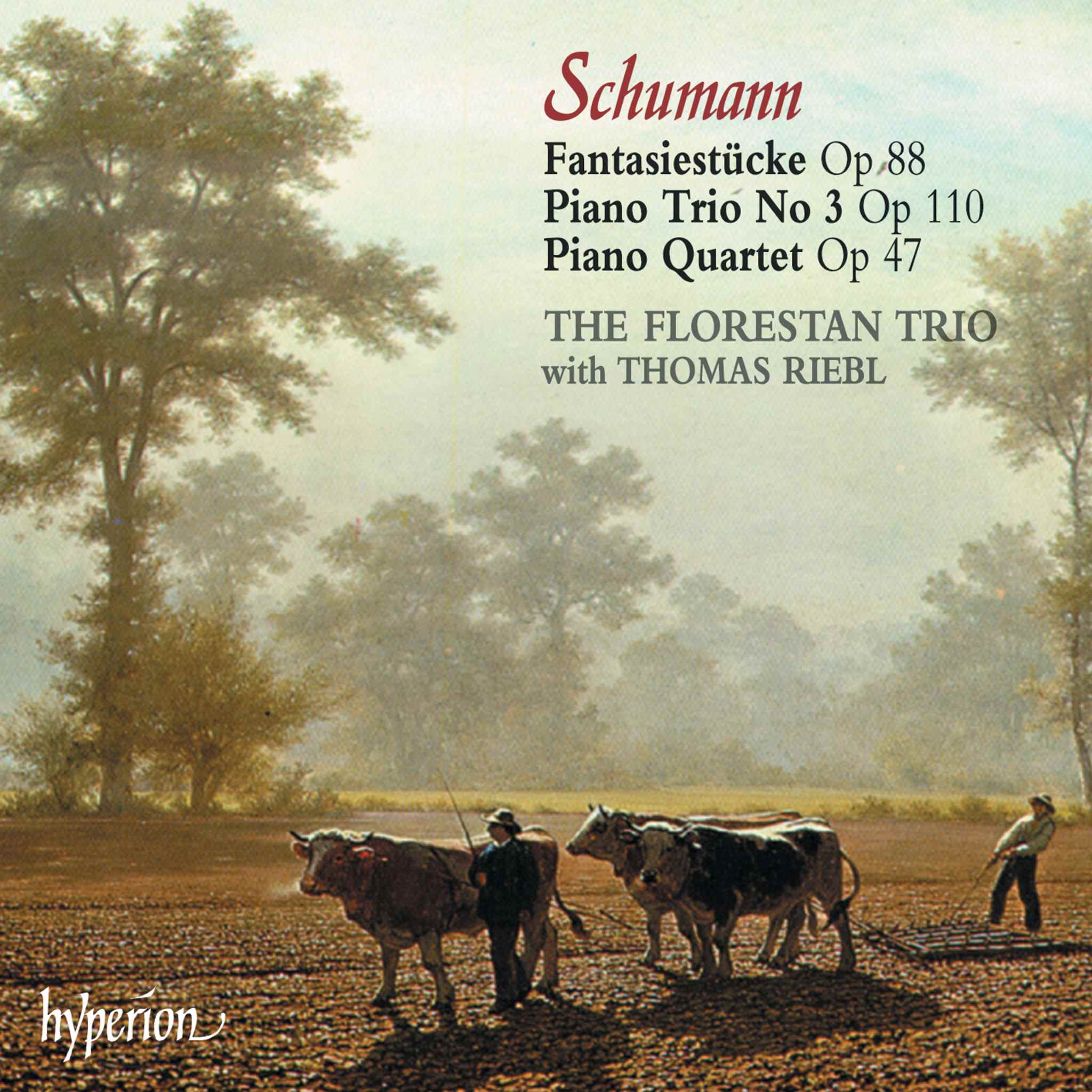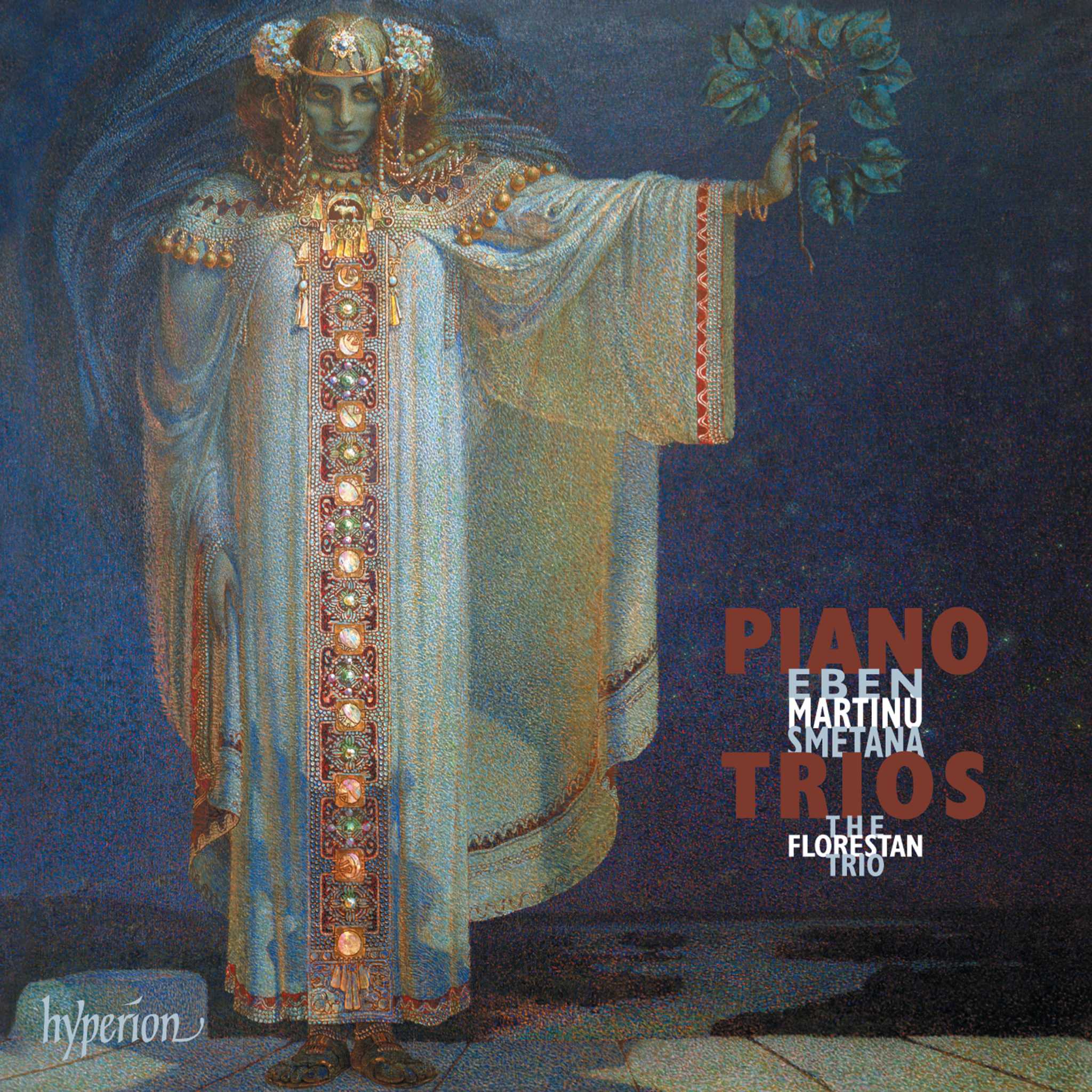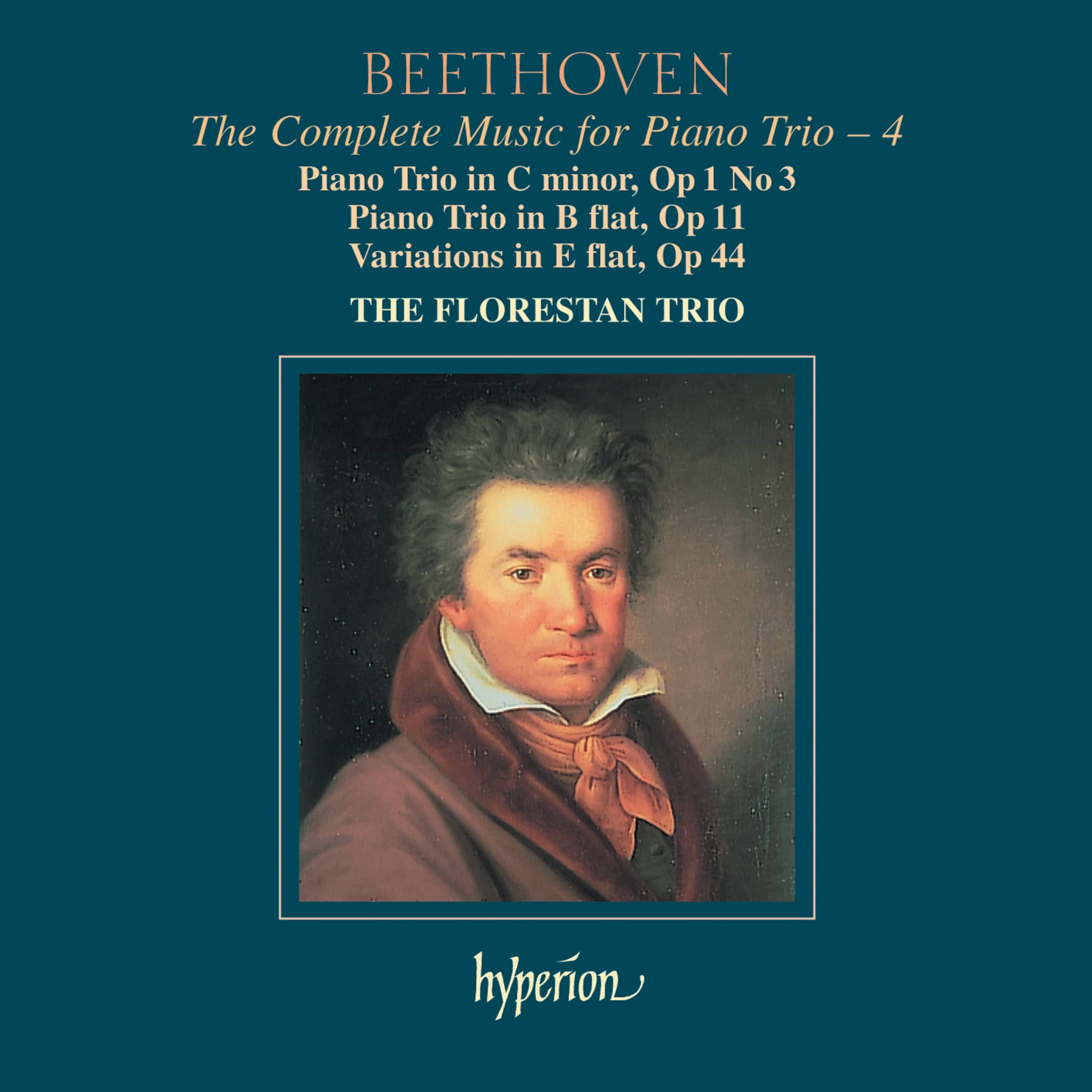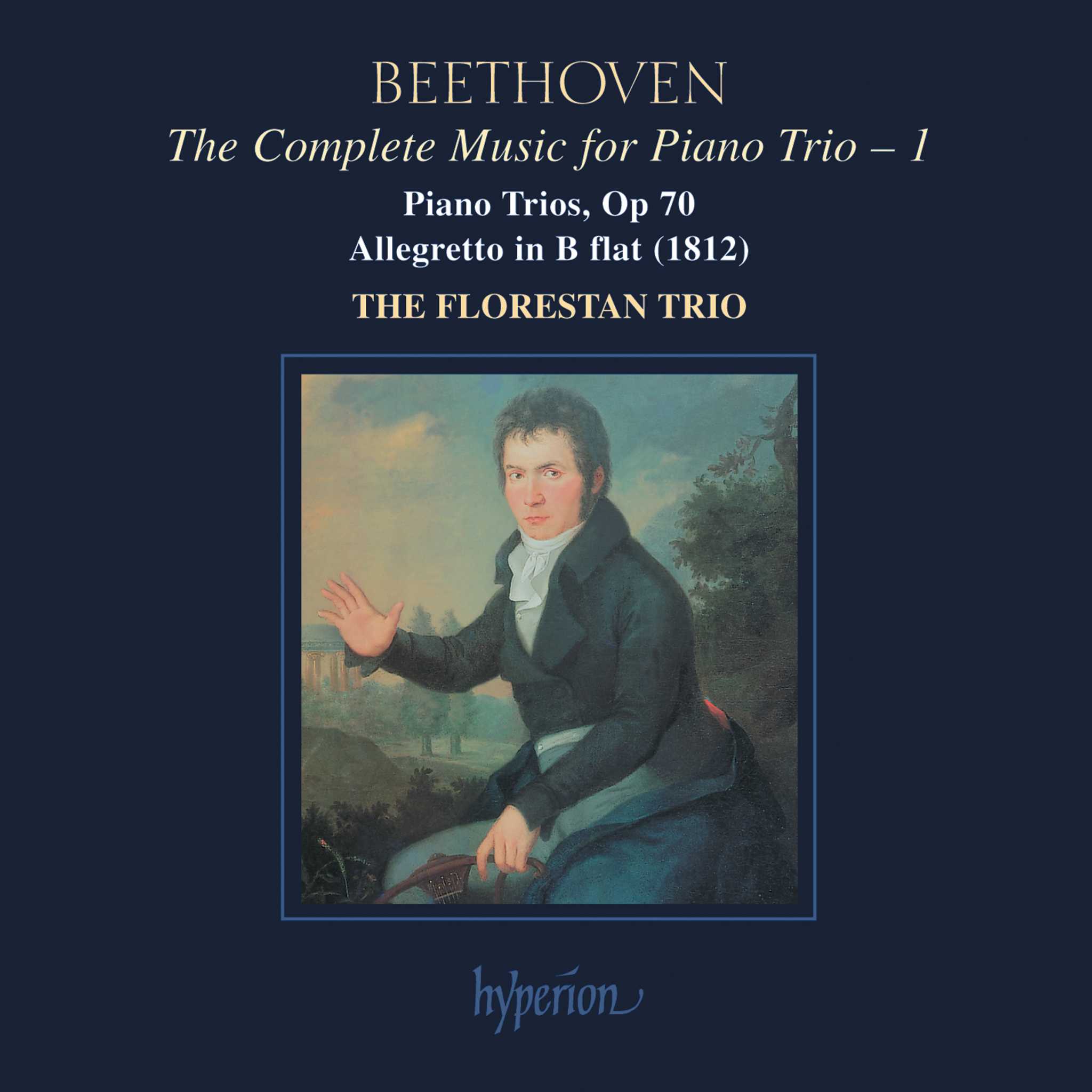Album insights
For most music enthusiasts, Monteverdi's sacred work is often thought of solely as the magnificent Marienvesper he published in 1610 alongside a Mass. However, the 1610 Marienvesper, although immensely impressive, represents just a fraction of Monteverdi's sacred music and was paradoxically created when he was not primarily working as a church musician.
Monteverdi's career is divided into almost equal periods. From 1590/91 to 1612, he served at the court of Vincenzo Gonzaga, the ruler of the duchy of Mantua in northern Italy, eventually appointed court cantor in 1601. While his church music involvement in Mantua is not well-documented, Monteverdi mainly composed madrigals and operas during this time under Giacomo Gastoldi's leadership at the ducal chapel of Santa Barbara. It is likely that he also composed church music for smaller chapels within the ducal palace or for chamber performances. Some works published in 1610 may have been intended for occasions when the court and chapel musicians came together, possibly for the Santa Barbara feast day.
It is possible that Monteverdi, feeling increasingly uncomfortable with the working conditions in Mantua, released these works in 1610 to showcase his competency as a church composer. This publication included compositions for two services featuring elaborate music typical of the late Renaissance. The Mass, ritually representing the Last Supper, held significant importance in the daytime service. In contrast, the Psalms, hymns, Magnificat, and motets for Vespers, the primary evening Catholic service, showcased a different style, employing all facets of late 16th and early 17th-century music, incorporating rich harmonies, expressive solos, and ornate musical elements for skilled singers and instrumentalists.
Monteverdi's pinnacle moment came in Venice when he was appointed maestro di cappella at S. Marco, where he gained immense recognition and respect until his death in 1643. S. Marco, not Venice's cathedral, was the Doge's chapel, central to the church-state interaction and hosting grand religious festivals intertwined with the city's history. Musically, S. Marco was known for its spatially immersive performances, especially during Mass settings and ceremonial motets.
The musicians available to Monteverdi in Venice were varied, comprising a main choir of around twenty men, including castrati for intricate music, choristers mainly singing plainsong or occasionally polyphonic masses, a group of about sixteen instrumentalists, and two organists. Works composed by the choir were regulated by a detailed system dictating the music appropriate for specific occasions as per S. Marco's distinctive liturgy, deviating from the Roman Catholic liturgy established by the Council of Trent.
Monteverdi's sacred compositions for Venice, noted in his correspondence and other documents, are largely lost today except for a few scattered pieces in anthologies. Two significant collections remain—the Selva morale e spirituale (1640/41) dedicated to Eleonora Gonzaga and Messa a quattro voci et salmi published posthumously in 1650. These monumental publications summarize his three-decade tenure in Venice, offering a vast range of musical styles from conservative masses to modern psalms and motets, showcasing his continual exploration of new ideas even in his later works.
The Selva morale of 1640/41 combines Latin liturgical settings with spiritual and moral madrigals, serving as both a summary of Monteverdi's Venetian output and a repertoire resource for future cantors following Trient's liturgy. Included are polyphonic works like Psalms, hymns, and the Magnificat, anchored in the Trient liturgy for significant festive Vespers and special services at S. Marco.
Composed in a concertizing style reminiscent of the late 16th century, the Missa a quattro voci stands out as one of the few complete preserved Masses by Monteverdi, solidifying his craft. A collection of detailed parts within the Selva morale serves as complementary pieces to the a cappella Mass, enriching the overall liturgical experience with varied styles.
Monteverdi's impact extended beyond S. Marco, leading him to direct essential musical services in other churches, following Trient's liturgical guidelines. Noteworthy is a Vesper service where he conducted his own works to a substantial ensemble, demonstrating his influence and innovation across different musical settings.
In his compositions, Monteverdi masterfully crafted dynamic interplays between soloists and the choir, integrating contrasting textures to construct intricate musical narratives, notably reflected in the varied settings of key psalms and hymns. His innovative approach led to compositions rooted in tradition yet infused with bold experimentation, marking a distinct era in sacred music history.






